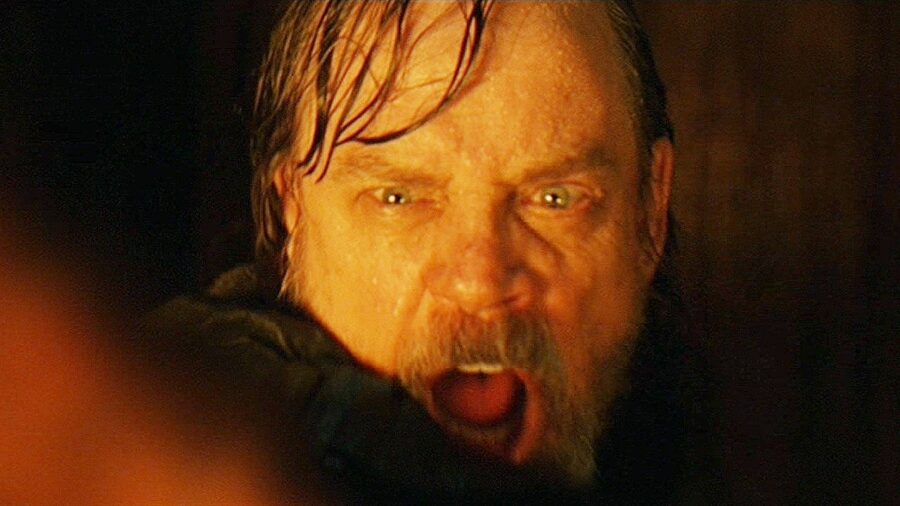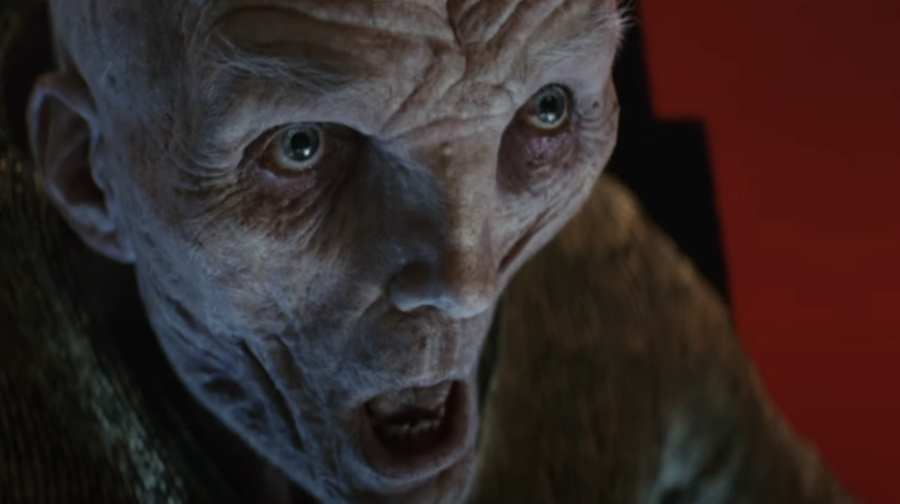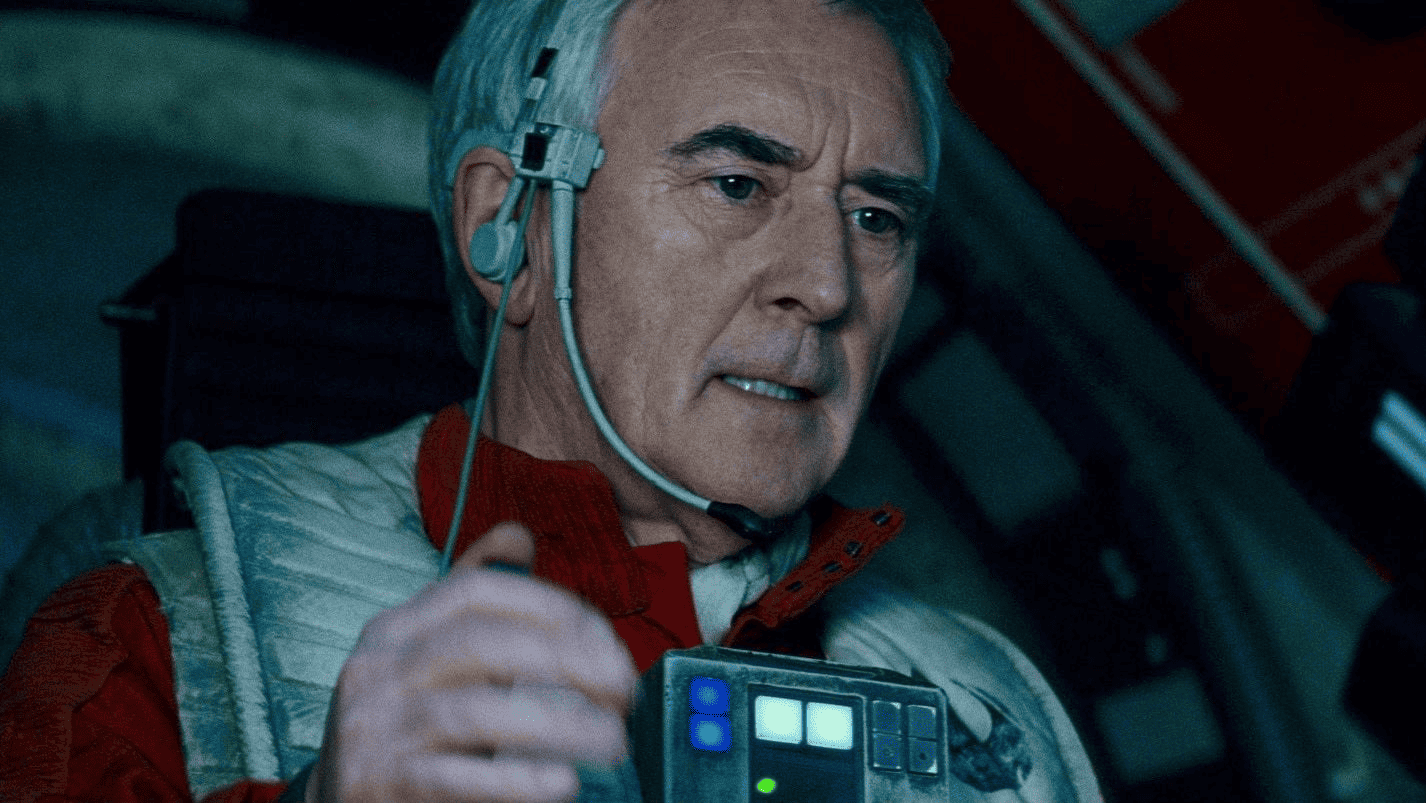The Last Jedi Failed By Ignoring Its Own Message

Countless fans have conducted countless postmortems on Star Wars: The Last Jedi, and the only thing anyone can seem to agree on is that the Rian Johnson-directed film was dead on arrival. How could Disney fumble an IP this big, though, and where did the film really go wrong? Forget things like changes to Luke Skywalker’s character,the real reason that The Last Jedi flopped is that it ignored its own advice. It failed to deliver on its promise to kill the past.
Not every Star Wars film has a thesis statement, but Kylo Ren more or less spells out what The Last Jedi is about in a few lines of dialogue. “Let the past die,” he says, “Kill it if you have to. It’s the only way to become who you were meant to be.”
At the time, it certainly sounded like he was talking about Star Wars as a franchise. Even the most casual fans noticed that the prior film, The Force Awakens, was a soft reboot of the first Star Wars movie. The franchise couldn’t keep cannibalizing itself, so Ren’s speech in The Last Jedi seemed to be a message that Star Wars itself would need to evolve and that the modern franchise could never reach its full potential if it continued to wallow in the mire of the past.
Eventually, Kylo Ren practices what he preaches by killing Lord Snoke. It was a shocking moment: The Last Jedi’s big bad gets taken out only halfway through the Sequel Trilogy. At this point, the brash young Sith had the opportunity to turn his back on both the Dark Side and the First Order and potentially forge a brand new path with Rey.

As Mike Stoklassa of Red Letter Media pointed out, The Last Jedi could have had a solid cliffhanger ending if the credits rolled after Kylo Ren invited Rey to join him. Fans would then spend a long three years excitedly worrying over whether Ren would corrupt Rey or Rey would redeem Ren. Unfortunately, the film just kept going, and Kylo Ren almost instantly turned his back on all that big talk from before: he went on to become the new Supreme Commander of The First Order, and the franchise went back to its roots of Light Side vs Dark Side and Rebels vs. Empire.
We can understand Disney being gunshy about changing up the winning formula of the franchise they spent over four billion dollars to acquire. But with the benefit of hindsight, we must also acknowledge that the awful follow-up The Rise of Skywalker is the ultimate result of an unwillingness to innovate or change things up in any way. That’s why we get the return of Emperor Palpatine, Lando, Wedge Antilles, Endor, and countless Jedi via voice cameo. When the franchise had nothing new to offer, Disney could only slather a thick layer of nostalgia over everything and hope it worked out.

Of course, it didn’t work out: the follow-up to The Last Jedi is currently sitting at an abominable 51 percent on Rotten Tomatoes. One thing critics mostly agreed on is that the film lacked any real originality or imagination and that this stems directly from Disney’s complete unwillingness to kill the past and do something completely different with Star Wars. Palpatine may have “somehow” returned, but only time will tell if this franchise will be able to return to telling captivating stories on the big screen ever again.












